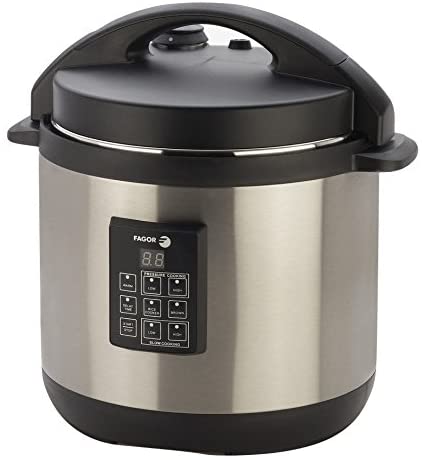Pressure cookers are kitchen appliances that have been around for centuries, but in recent years, they’ve become increasingly popular among home cooks. These devices are known for their ability to cook food quickly and easily, making them an ideal choice for busy individuals and families. However, as with any kitchen appliance, it’s important to understand the keys to pressure cooker safety. In this post, we will discuss some key safety tips that every home cook should know before using a pressure cooker.
The Ins and Outs of Pressure Cooker Safety

Before using your pressure cooker, it’s essential to read and follow the instructions that come with it. The manual will provide valuable information on how to properly use and maintain your pressure cooker. It’s also essential to ensure that all the safety features, such as the pressure release valve and lid locking mechanism, are functioning properly before using your pressure cooker. Not doing so could put you and your loved ones at risk.
While cooking with a pressure cooker, it’s crucial to only fill it with the recommended amount of food and liquid. Overfilling your pressure cooker can cause the food to clog the pressure release valve, which can be dangerous. In addition, make sure that the pressure release valve is clear and free from any food debris so as not to jeopardize your pressure cooker safety.
Pay attention to the pressure levels when cooking. Pressure cookers are designed to cook food at a specific pressure level, and cooking food at the wrong pressure level can result in unevenly cooked food or even a kitchen accident. Always make sure that the pressure level is at the correct setting before starting your pressure cooker. This can be done by adjusting the pressure settings, using the appropriate pressure cooking time, or following the instructions from the recipe you are using.
When it’s time to release the pressure from your pressure cooker, it’s important to do so with caution. The pressure inside the range can be very high and releasing it too quickly can cause burns or splatters. Always follow the instructions on your pressure cooker for the proper method of releasing pressure. Some pressure cookers have a natural release method, where you wait for the pressure to release on its own, while others have a quick release method, where you use a valve to release the pressure.

It’s important to remember that pressure cookers can get very hot, so be careful when handling them. Always use oven mitts or pot holders when touching the pressure cooker, and never put your face or hands near the pressure release valve when it’s releasing steam. This can prevent burns and other accidents.
Additionally, it’s a good idea to have a fire extinguisher nearby when using your pressure cooker, just in case of an emergency. This is particularly important if you’re using a stovetop pressure cooker, as these types of cookers are more likely to cause a kitchen fire.
Cleaning your pressure cooker, always make sure that it’s cool before cleaning it. It’s also important to clean the pressure cooker thoroughly after each use to prevent any food debris from clogging the pressure release valve. Clean the pressure cooker’s lid, gasket, and pressure release valve, and make sure that there is no debris that can cause clogs or blockages.
Finally, pressure cookers are a convenient and efficient way to cook meals quickly, but it’s important to understand how to use them safely. Always read and follow the instructions that come with your pressure cooker, pay attention to the pressure levels, and make sure to release pressure with caution.
Keep in mind that pressure cookers can get very hot, so be careful when handling them. By following these safety tips, you’ll be able to enjoy delicious pressure-cooked meals without any accidents. Remember, safety first! Following these tips will make your pressure cooking experience safer and more enjoyable.
Check out our latest post on Knife Ergonomics and balance!
